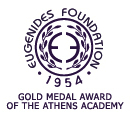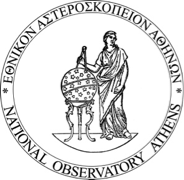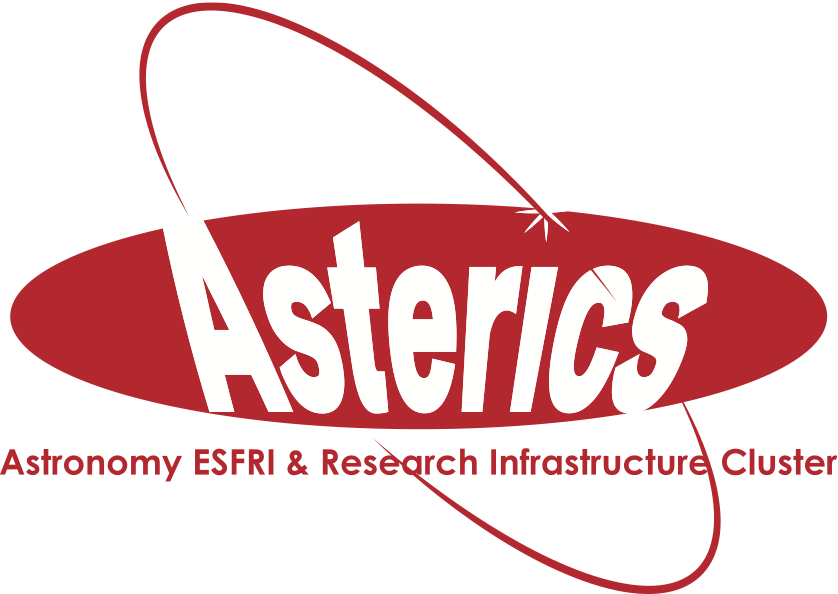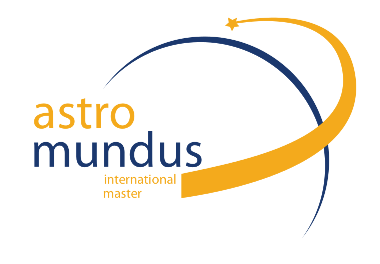Symposium S12
4 – 5 July 2016
Stellar and AGN feedback in galaxies: a multi-wavelength perspective of outflows
Aims and scope
 Evidence for an intimate connection between the fuelling and growth of supermassive black holes (SMBH) and the evolution of galaxies is compelling. Not only have SMBHs been found in many galaxies with significant bulge components, but correlations also exist between the black hole mass and some bulge properties, such as stellar mass and velocity dispersion. But even beyond that, there is now evidence of massive black holes in low mass galaxies. The physical processes underpinning this relationship are known collectively as feedback. Outflows induced by the nuclear activity might play a critical role as a feedback mechanism, since their energy output might regulate the growth of the black holes and their hosts at least for massive galaxies. Observational evidence for such a dramatic effect of AGN-induced outflows is far from clear. The difficulty in quantifying its galaxy-wide impact is a result of the great complexity of its phenomenology. It depends on three dimensional effects, the structure of the multi-phase interstellar medium (ISM) and the interplay between different mechanisms acting across a wide variety of spatial scales. Likewise, the theoretical understanding of outflows and their impact is rudimentary at best.
Evidence for an intimate connection between the fuelling and growth of supermassive black holes (SMBH) and the evolution of galaxies is compelling. Not only have SMBHs been found in many galaxies with significant bulge components, but correlations also exist between the black hole mass and some bulge properties, such as stellar mass and velocity dispersion. But even beyond that, there is now evidence of massive black holes in low mass galaxies. The physical processes underpinning this relationship are known collectively as feedback. Outflows induced by the nuclear activity might play a critical role as a feedback mechanism, since their energy output might regulate the growth of the black holes and their hosts at least for massive galaxies. Observational evidence for such a dramatic effect of AGN-induced outflows is far from clear. The difficulty in quantifying its galaxy-wide impact is a result of the great complexity of its phenomenology. It depends on three dimensional effects, the structure of the multi-phase interstellar medium (ISM) and the interplay between different mechanisms acting across a wide variety of spatial scales. Likewise, the theoretical understanding of outflows and their impact is rudimentary at best.
The aim of this symposium is to bring together experts on the observational and theoretical studies of the outflow phenomenon in galaxies to establish the current status of the field, discuss the critical uncertainties to be dealt with and define the best strategies to achieve progress in our understanding of the feedback generally and its role on galaxy evolution.
Image: artist's impression of galaxy releasing material via two symmetric outflows. Copyright: ESA/ATG medialab.
Programme
The program will cover a wide range of related topics that will result on a multi-wavelength observational and theoretical view of outflows in galaxies and their impact on all the phases of the gaseous environment at different spatial scales (from regions very close to the black hole to extra-galactic scales) and across cosmic time (at different redshifts).
Day 1 of the symposium will be devoted to AGN outflows, and day 2 will
focus on starburst-driven outflows. By reviewing the most recent results
on both AGN and starburst feedback, we will have a global perspective
of this phenomenon that will help us to understand its impact on the formation and evolution of galaxies.
Invited speakers
- Dr. Kalliopi Dasyra (National and Kapodistrian University of Athens, Greece)
- Dr. Yohan Dubois (Institut d'Astrophysique de Paris, France)
- Prof. Matthew Lehnert (Institut d'Astrophysique de Paris, France)
- Dr. Santiago Garcia Burillo (Observatorio Astronomico Nacional, Spain)
- Prof. Raffaella Morganti (Kapteyn Institute & ASTRON, The Netherlands)
- Prof. Daniel Proga (University of Nevada, USA)
- Prof. Sylvain Veilleux (University of Maryland, USA)
Scientific organisers
- Prof. Matthew Lehnert (Institut d'Astrophysique de Paris, France)
- Dr. Cristina Ramos Almeida; co-chair (Instituto de Astrofisica de Canarias, Spain)
- Prof. Clive Tadhunter (University of Sheffield, UK)
- Dr. Montse Villar Martin ; co-chair (Centro de Astrobiologia, Spain)
Contact
Cristina Ramos Almeida - cra @ iac.es
Updated on Thu May 05 12:00:17 CEST 2016
|

 A power cut will shut down all EAS services on Tuesday, 10 January 2017 starting at 7:30 CET.
A power cut will shut down all EAS services on Tuesday, 10 January 2017 starting at 7:30 CET.












